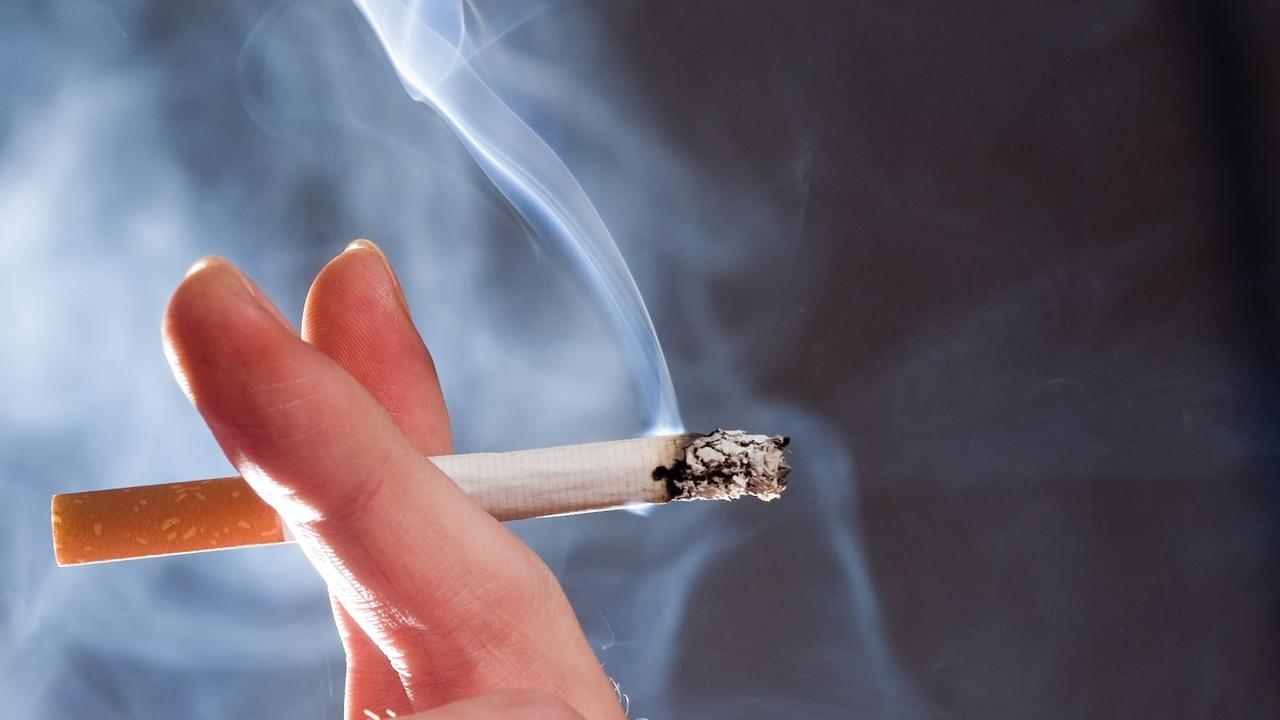Smoking is a common activity enjoyed by many, but it can also be a significant fire hazard if not done safely. Each year, countless fires are attributed to smoking-related incidents, leading to devastating consequences for individuals, families, and communities. Understanding the role of smoking in fire hazards and adopting safe practices is essential to minimize risks. Conducting thorough Fire Risk Assessments in London can help identify potential fire hazards associated with smoking. In this blog, we will explore the dangers associated with smoking, common scenarios that lead to fires, and practical tips to ensure safer smoking habits.
Understanding the Risks of Smoking
Cigarettes, cigars, and other smoking materials are often overlooked when considering fire hazards. However, they are responsible for a considerable number of residential fires. The burning embers and ash produced can easily ignite flammable materials nearby, such as furniture, bedding, or vegetation. When people smoke indoors, the risk of a fire starting increases significantly. In addition to the immediate danger of fire, smoking also contributes to long-term health risks, making it essential to adopt safe practices.
Common Scenarios Leading to Smoking-Related Fires
Several situations can contribute to smoking-related fires. One of the most common scenarios occurs when smokers fall asleep while smoking. Many people may light up while lounging on the couch or in bed, unaware that they might drift off before extinguishing their cigarette. The smoldering embers can ignite nearby materials, leading to a fire that can quickly spread.
Another risk arises from improper disposal of smoking materials. Smokers may not fully extinguish their cigarettes before disposing of them in trash cans, leading to a potential fire. Furthermore, outdoor smoking poses risks as well. Discarded smoking materials can easily ignite dry grass, leaves, or other combustible materials in yards, gardens, or forested areas.
Tips for Safe Smoking Practices
To prevent smoking-related fires, it is crucial to adopt safe practices. The following tips can help minimize the risk and ensure a safer smoking experience.
Choose Designated Smoking Areas
One of the first steps to safer smoking is to establish designated smoking areas. Whether at home or in public spaces, having specific areas for smoking can help contain the risk. Designate outdoor areas away from flammable materials such as bushes, trees, or wooden structures. This separation can significantly reduce the risk of accidental fires.
Use Proper Ashtrays
Using proper ashtrays is essential for safe smoking practices. Ensure that ashtrays are deep, stable, and made of non-combustible materials. Avoid using regular containers that can easily catch fire. Additionally, never empty ashtrays into flammable trash. Instead, dispose of ashes and cigarette butts only when they are completely extinguished. If possible, consider using a metal container filled with water or sand to ensure thorough extinguishment.
Never Smoke Indoors
Avoid smoking indoors whenever possible. Smoking inside a home increases the risk of igniting flammable materials such as curtains, furniture, or bedding. If you must smoke indoors, ensure that you are in a well-ventilated area and away from any combustible items. Always make sure to extinguish your cigarette properly before disposing of it.
Be Mindful While Smoking
Being attentive while smoking is vital to fire safety. Never smoke while feeling drowsy or under the influence of alcohol or drugs, as this can impair your judgment and awareness. If you feel tired, it is better to wait until you are fully alert before lighting up. Staying mindful of your surroundings can help you avoid situations that may lead to accidents.
Extinguish Properly
When it comes to extinguishing smoking materials, doing it properly is crucial. Take the time to ensure that cigarettes or cigars are completely extinguished before disposing of them. Dunk them in water or press them against a hard surface to confirm that they are out. Simply putting them out in an ashtray or ground may not be sufficient, as embers can continue to smolder.
Educate Others
Education plays a significant role in preventing smoking-related fires. If you live with others or have guests, discuss safe smoking practices. Educate everyone about the potential hazards associated with smoking and encourage responsible behavior. Promote the importance of extinguishing smoking materials and using designated areas to minimize risks.
Store Smoking Materials Safely
Storing smoking materials safely can help prevent accidental fires. Keep cigarettes, lighters, and matches out of reach of children and pets. Consider using fireproof containers for storage. Additionally, never leave smoking materials unattended, especially around flammable items or in areas where children might access them.
Consider Alternatives
If you are concerned about the fire hazards associated with traditional smoking, consider exploring alternatives such as electronic cigarettes or nicotine replacement products. These options can reduce some of the risks associated with smoking, although it is important to remember that they may still have their health concerns.
Conclusion
Smoking can pose significant fire hazards if proper precautions are not taken. Understanding the risks and adopting safe practices is essential for minimizing potential dangers. By choosing designated smoking areas, using proper ashtrays, and being mindful while smoking, individuals can contribute to safer environments for themselves and those around them. It is crucial to educate others about the importance of safe smoking practices and store smoking materials securely. By implementing these tips, we can reduce the risk of smoking-related fires and ensure a safer future for our homes and communities.If you want to stay updated with posts like this, please follow us on MyFlixers.

